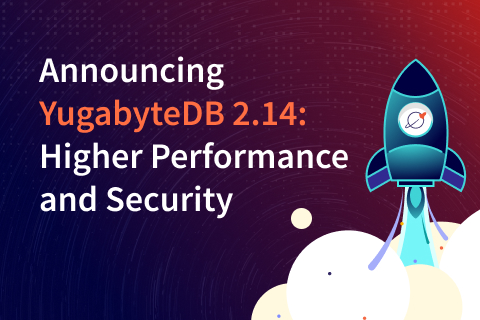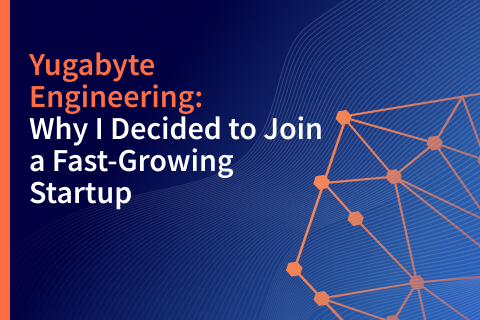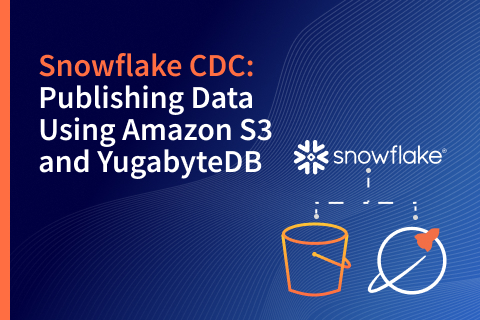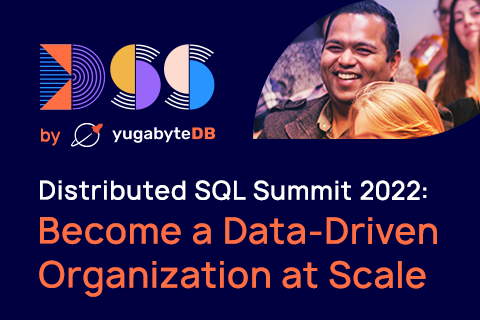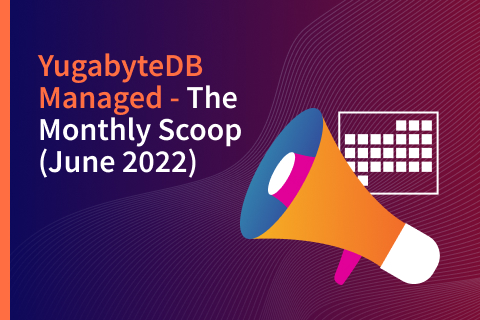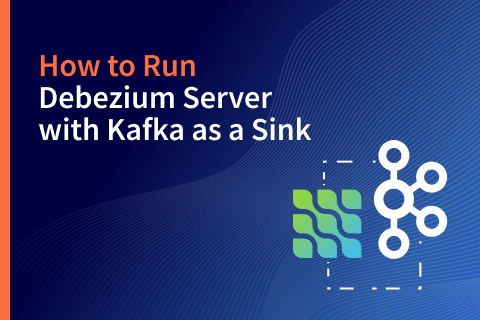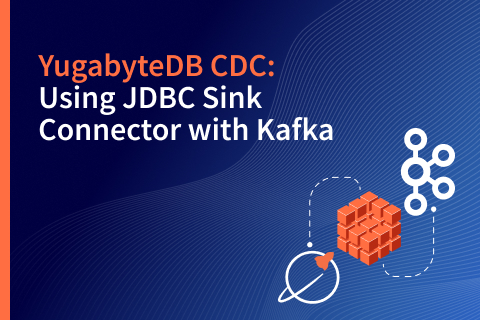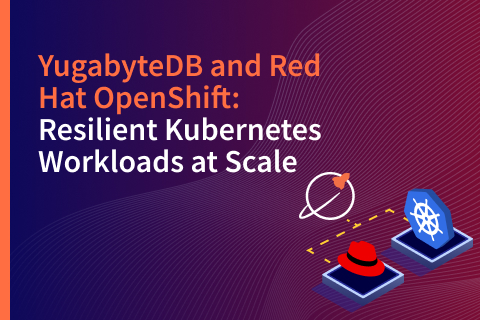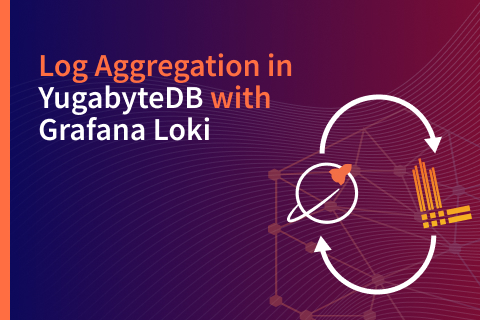Announcing YugabyteDB 2.14: Higher Performance and Security
Our team continues to deliver new innovations, so we are excited to announce our latest stable release—YugabyteDB 2.14, which delivers higher performance, security and YugabyteDB Anywhere enhancements.
YugabyteDB is quickly becoming the cloud native relational database for the world’s most demanding enterprises, driving data-driven innovation in the face of growth, uncertainty, and change.
